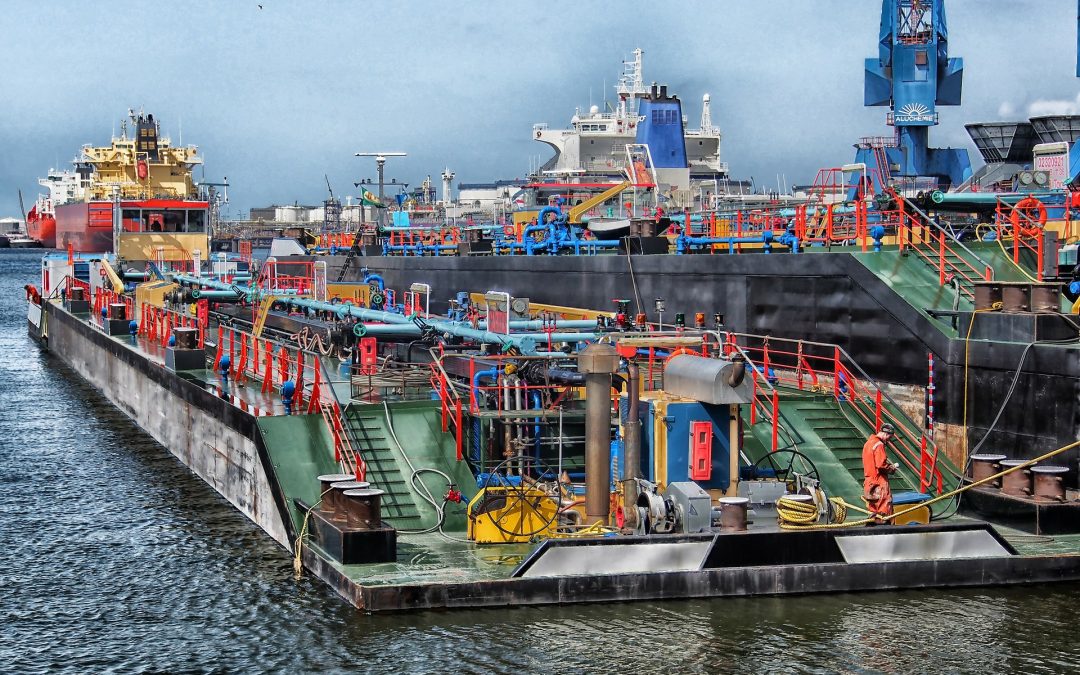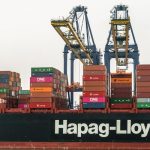The transition to electrofuels is likely to change the fuel market landscape, creating new opportunities for developing countries.
As global policies to advance the decarbonisation of shipping are to be implemented in the coming years, ports will play a critically important role in this transition, as key hubs for transport and energy systems. Port areas are also home to large and diverse communities with their own unique local environmental impacts, utilizing ports as levers for shipping’s transition can provide co-benefits to people and the environment. Stimulating the transition, first-mover initiatives, such as green corridors or energy hubs, have been designed to play a key role in unlocking investments for the incubation and scale-up of electrofuels and clean technologies. However, local socio-economic and environmental factors must be more intentionally considered in the development of these initiatives and if done right, inclusive and sustainable co-benefits for local communities and the environment may be achieved, while also delivering emissions reductions, globally.
The report introduces the concept of Sustainable First Mover Initiatives (SFMIs) which are aligned with the 1.5°C Paris Agreement climate target, delivering on social, economic, and environmental co-benefits, while fostering positive impacts on both the environment and port communities, especially those in Global South regions.
Environmental Defense Fund and Lloyd’s Register Maritime Decarbonization Hub, in collaboration with Arup, are introducing a Sustainable First Mover Initiative identification tool to help shipping stakeholders make investment decisions with more inclusive criteria for the sector’s transition away from fossil fuels.
Showcasing an opportunity to create a new, sustainable model for first movers that will work for shipping as well as port communities, the SFMI identification tool can offer shipping stakeholders a way to assess a port’s potential to produce and/or bunker electrofuels, while ensuring that local clean energy access, land suitability, and decarbonization efforts are not undermined. The tool was used to examine the Indo-Pacific region as a case study. The ports were then ranked to determine which had ‘high’ or ‘promising’ potential.
Preliminary results demonstrate that several ports show a high potential to develop SFMIs in all scenarios. For example, preliminary results for ports that could produce bunker electrofuels reveal that Jawaharlal Nehru Port Trust (JNPT) port in India and Chittagong port in Bangladesh performed well across all criteria and ranked as ‘high potential’.
The tool can be customized according to stakeholders’ needs and goals dependent on scenario desirability; so long the research remains in line with the objectives and the purpose of the analysis. This initial port assessment sets the scene for the second phase of this
work that will lead to a more comprehensive port-level analysis in partnership with local shipping stakeholders, to help better understand local needs and maximize the value offered by SFMIs.
Source: Hellenic Shipping News






